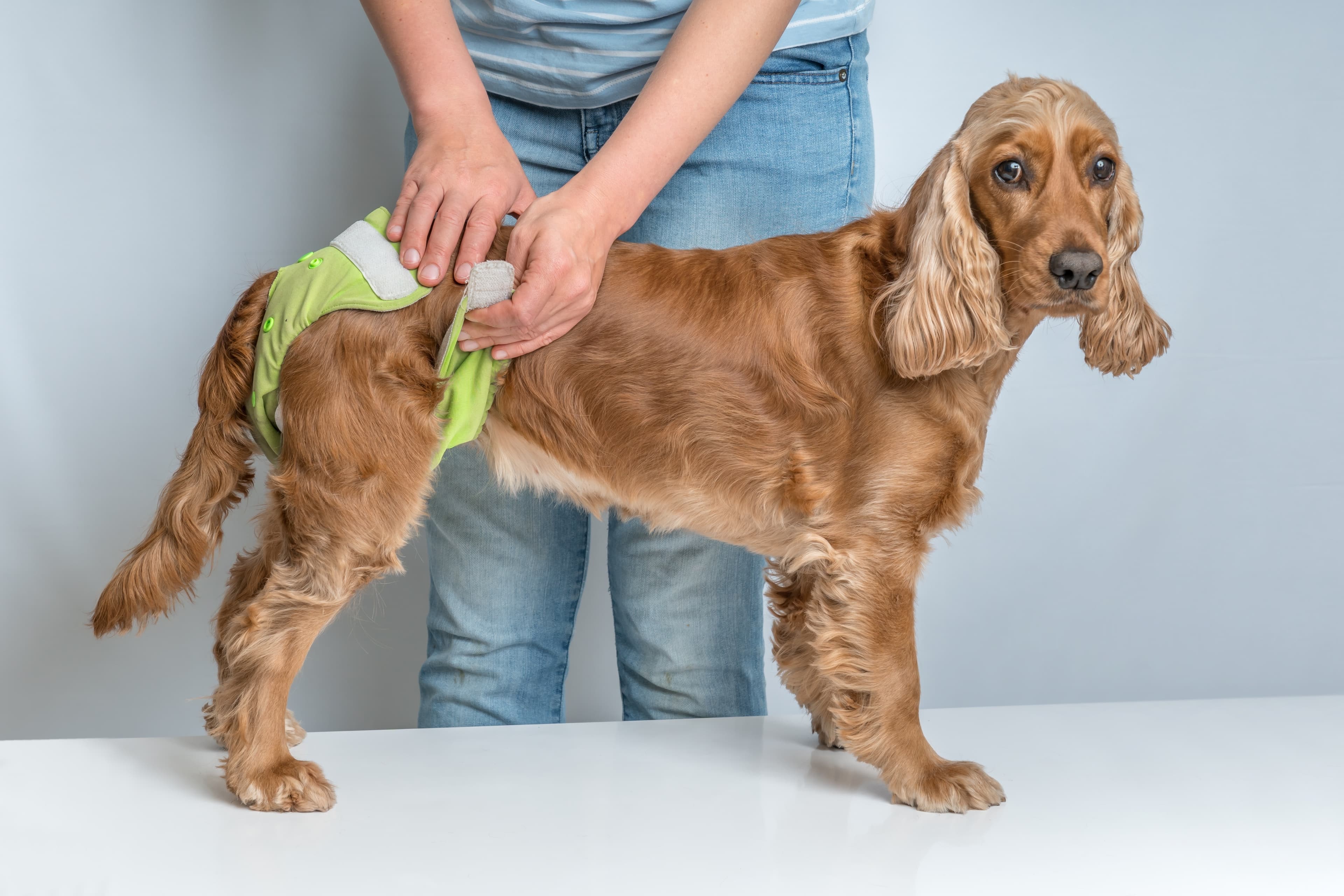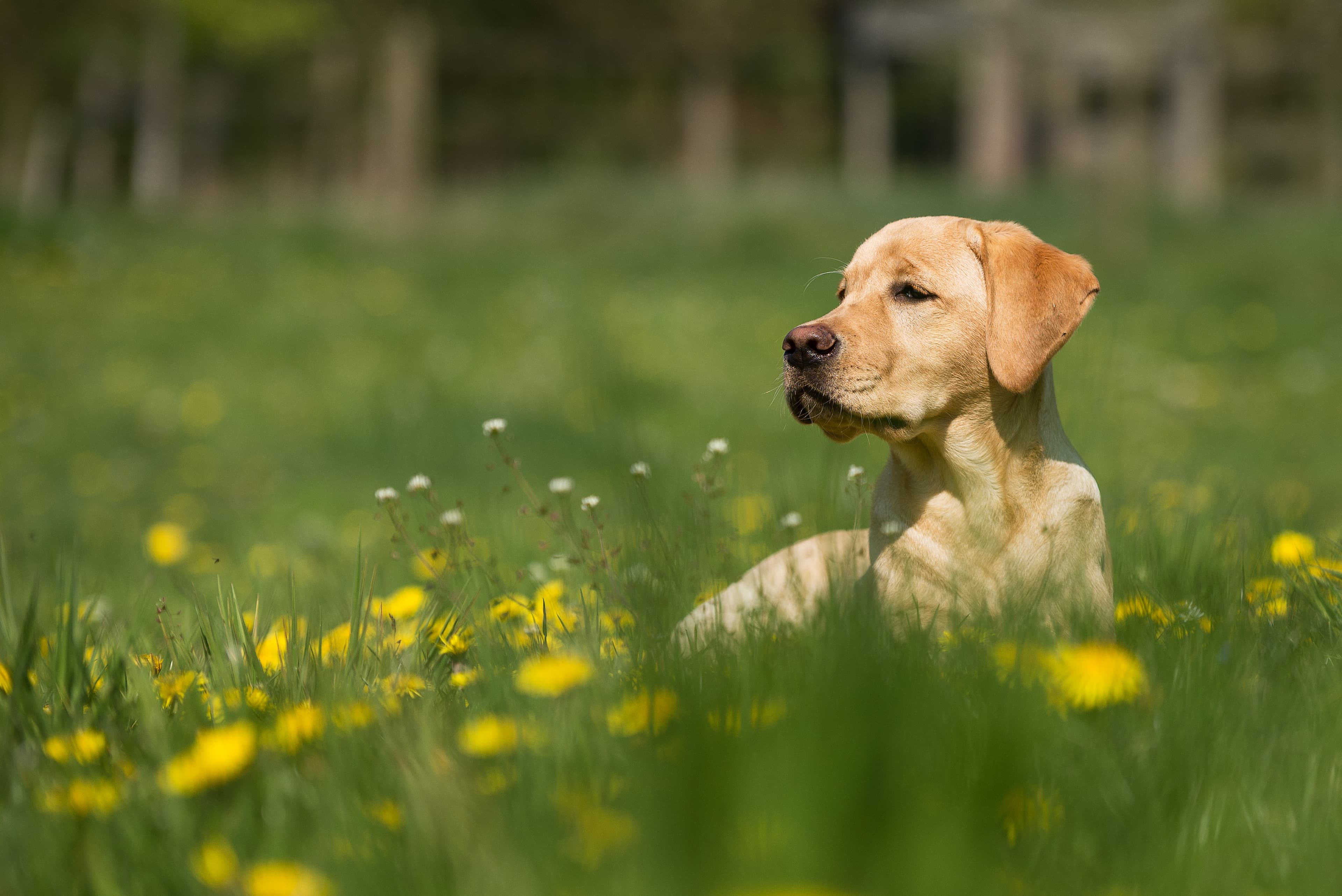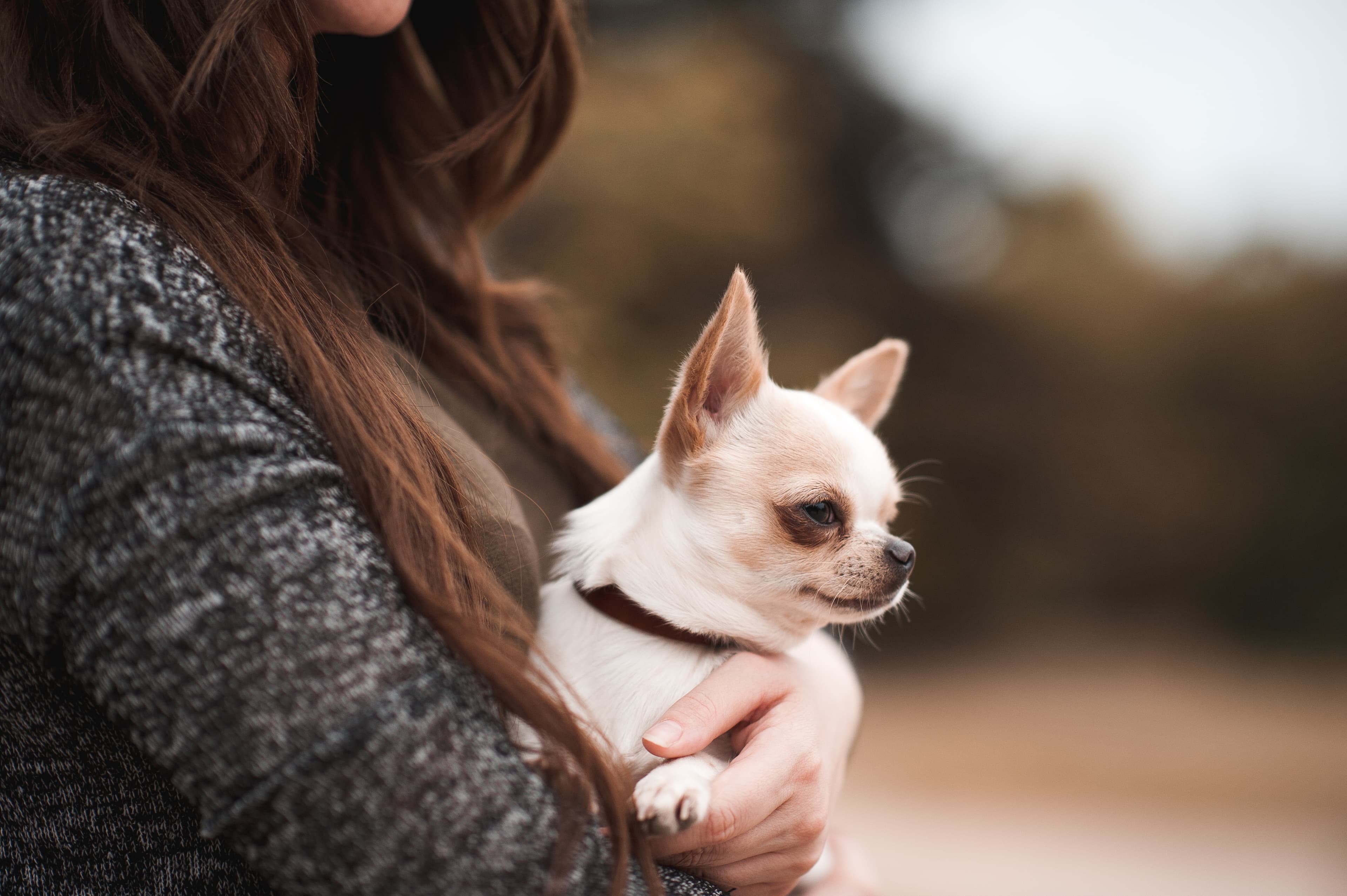Tips for a better vet visit with your dog
Fear at the vet is a common problem and there are many factors that can affect this. Studies have shown that second time visitors are more afraid than first time visitors and that if the dog has been through something painful, it is more afraid the next time.
There are many things that can be difficult for the dog when it comes to the veterinarian. First, you need to think about what you do at home the day before the visit. The trip to the vet can also be difficult for some dogs. When you arrive, it is a new environment, there may be other dogs or other animals there, the dog should be able to get on the scale, be on a table and be examined by a stranger. All this can be unnatural and stressful for the dog.
The first visit is very important and sets the tone for future visits. If your dog gets scared, it's crucial to take this fear seriously as it's likely to get worse each time. This means that it becomes harder and harder for the dog to go to the vet. This often results in an owner waiting longer to go, which can be dangerous for the dog. There is also a greater risk of not being able to make the correct diagnosis or examine the dog properly when it is scared and stressed, making it more difficult to treat.
It can be helpful to think about what is difficult for your dog and then focus on training that, but here are some general tips and advice.
Preparing for the visit
It is important that the dog has a quiet day before the visit to ensure that the visit goes as well as possible. This is because your dog has a certain amount of energy to spend each day. You can think of it as a battery. If some of the battery is used up during the day before the visit, there won't be much left for the visit. This means the dog can react faster or more strongly to things it might not have reacted to otherwise. This phenomenon is called trigger stacking.
For example, if you choose to clip the dog's nails before the visit or if it has a difficult dog encounter, it will affect the veterinary visit later in the day. Therefore, it is important to only do things the dog likes on the day before the visit.
Trigger stacking
This is what happens when an individual does not have time to recover between stressful or difficult situations. This can result in a larger and stronger reaction to an event than is normal for that individual.
What to take with you
To make the dog feel as safe as possible, it is good to bring familiar things with you. This can be a blanket that smells like home that the dog can lie on, a good toy or water and a bowl. It's also good to bring treats that the dog is used to eating at home and enjoys. With a treat or toy, you can make the vet's office a fun place for your dog to learn that when you go to the vet, fun things happen.
If your dog is under anesthesia or sedation, it may be sensitive to eat too much beforehand. In this case, liquid rewards in smaller amounts are helpful.
Arriving at the vet
Going to the vet in good time will give you peace of mind and a moment to walk your dog properly before the visit (unless a urine sample is required). Make sure to avoid other dogs if your dog has difficulty with dog encounters.
When you go in and register your arrival at reception, it's perfectly fine to leave your dog in the car if you're worried about it reacting to other dogs or finding it difficult to enter the waiting room.
If you bring your dog into the waiting room, sit well away from other dogs. Feel free to take out the blanket you have with you and give your dog some treats or play with it. If you have a small dog, it's okay for it to sit on your lap if it feels more secure there.
Before your first visit, it can be a good idea to visit the vet and familiarize yourself with the environment and give some treats or play with your dog to make the experience more positive. This can make a big difference when you get to your actual appointment.
If you feel that the waiting room is too difficult for your dog and you're afraid he'll expend all his energy there, you can always check with the staff if you can go straight from the car into a private room.
There is usually a scale in the waiting room so staff can record your pet's weight. It's great to practice getting on to things at home and on walks so that your dog is familiar with the concept before you get to the vet. This means it's one more thing your dog won't be stressed about. Once at the vet, be encouraging and reward your dog when they get on the scale. Try not to pull the dog up or avoid the scale yourself as the dog will see that you don't want to step on it. It's perfectly ok for you to get on it with your dog and then get off.
During the visit
When you enter the examination room, you can let your dog sniff and look around the room if it wants to. You are your dog's safe place so it is important that you are there to support them. Don't leave your dog with an unknown person, as this can stress them out, but try to be there during the visit and support them as best you can. If you need to hold your dog during the visit, try to hold as loosely as possible and perform the examination with as little force as possible as this can stress your dog a lot.
The examination is also a good time to give treats and try to make the situation a good and positive experience.
Is your dog already scared?
If you've been to the vet before and you know your dog is scared, you can talk to your vet about giving your dog a sedative before the next visit. This could be a dietary supplement or prescription medicine to help your dog relax before the visit. It's also important that you tell the staff about your dog's fears so they can address them and examine them in the best possible way.
A scared dog usually takes more time to examine. This is because they can be difficult to handle when scared and you may need to sedate the dog to do certain things. It's also because you want to give your dog time to calm down in the different situations it encounters during a visit. That's why it's important that you ask for more time for your dog when you tell them about their fears.
Be your animal's spokesperson
You know your dog best. If you see that your dog is struggling or needs a break, it's okay to say so. You need to speak up for your dog and make sure they don't get scared, stressed, and have negative experiences that may last their entire life.






